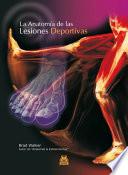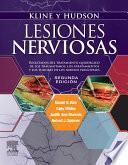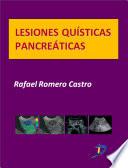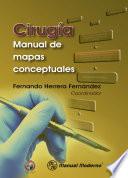Procesamiento De Relaciones Conceptuales En Pacientes Con Lesiones Neurológicas Focales
Autores del Libro:
Resumen del Libro:
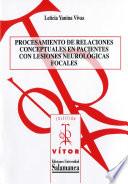
Conceptual relations are links that interconnect concepts together. Two such relations — thematic and taxonomic — play a fundamental role. Taxonomic relations are those that link concepts of the same semantic category, while thematic relations are defined as complementary relations between objects, people or events that interact or co-occur in time and space (Lin & Murphy, 2001). Several studies on conceptual relations have been published, but most of them provide observations on patients without neurological damage. Currently, few studies on focal brain damage exist. Some of the studies reviewed in this population provide information on the association of a type of aphasia with the impairment of some type of conceptual relation. We did not find studies that addressed the relation between the impairment and the cerebral lobe and hemisphere affected, or articles that consider the comparison between patients with and without aphasia. We did locate a single article that establishes the link between the processing of conceptual relations with the hemisphere affected by the injury and the presence of aphasia. We have not found research that reports performance differences according to the age group of assessed patients. Further, although there have been studies on the performance of people without cognitive impairment on neurological forced choice tasks (where response options are given) and free choice tasks (where both taxonomic and thematic responses are possible and there are no response options), this has not been studied in patients with focal brain lesions. To fill these gaps, we propose to compare how conceptual relations are established, both taxonomic and thematic, in patients who suffered a stroke, considering the focus of injury, the affected hemisphere, the presence and type of aphasia, and taking into account different factors such as age. It should be clarified that our interest is not to establish a neuroanatomical correspondence between a conceptual …
Formatos Disponibles: PDF / EPUB
Opciones de descarga:
Si deseas obtener una copia del libro puedes usar alguna de las siguientes opciones de descarga:
